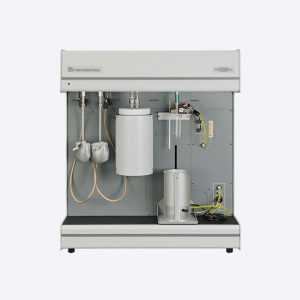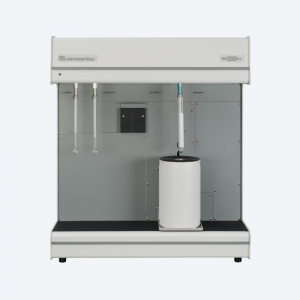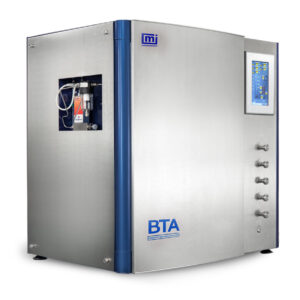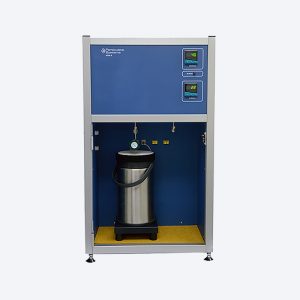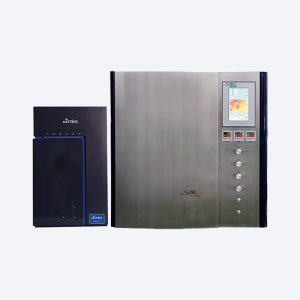Cutting Edge Gas Adsorption for a New Generation of Materials
First synthesized around the turn of the century, metal-organic frameworks (MOFs) are crystalline solids made up of single or clustered metal ions connected by organic struts or linkers. With controllable, periodic, nano-scaled structure and the largest specific surface areas of any materials known, MOFs show exciting potential for addressing some pressing societal concerns – for fresh water recovery (from air), for example, for highly efficient gas storage, and low energy gas separation. Surface area and porosity are performance-defining in such applications.
Micromeritics is leading the way in shaping the classic techniques of physisorption and chemisorption to generate the data needed to drive the development of MOFs. State-of-the-art technology measures:
Surface area: to quantify capacity for applications such as gas storage. Increasing surface area maximizes storage capacity enabling the development of low pressure, high volume solutions for toxic gases and/or energy storage.
The strength of surface/molecular interactions: to tailor functionality such as hydrophobicity/hydrophilicity to improve gas separation or catalytic performance.
Porosity: to optimize pore size to control molecular transport by retaining or excluding specific molecules, to separate one gas from another, for example, or to strip out an impurity.
Commercial interest in MOFs stems from their diversity and tunability, the ability to stitch metals and ligands together to exert control at a molecular level. Gas adsorption is the ‘gold standard’ technique for surface area characterization and is uniquely well-suited to pore characterization for microporous materials such as MOFs. Micromeritics’ systems combine market-leading performance and dependability with the flexibility to switch between physisorption and chemisorption for efficient, advanced MOF characterization.



